A beautiful, modern, allegorical werewolf tale with arthouse sensibilities, “Wulver’s Stane” requires focus but rewards you handsomely.
Wulver’s Stane is an Indie drama that uses Lycanthropy as an allegory for addiction and offers a modern urban legend in which humans consume Werewolf or Wulver urine to get high.
The story unfolds in the fictitious town of Wulver’s Stane (the film was shot on location in Austin, Texas) and is written and directed by Joseph Cornelison.
It stars Adrian Collins in the lead role as ‘Stoney’ Claire McKenzie, a loner grappling with a strange addiction that ravages her body and mind as she enters abstinence from consuming human flesh.
Wulver’s Stane opens with a scene featuring screaming rabbits in cages as honey-soaked light saturates the grainy, VHS picture quality, and Claire prepares small vials containing amber-colored liquid. The color scheme, coupled with the oversaturation, evokes a dreamlike, nostalgic quality despite the perturbing events playing out onscreen.
There are disjointed images of computer screens that read: “Sedation levels = safe,” pertaining to what is unfolding before the audience in scattered images and soundbites.
We cut to Claire squatting down in a bathtub, urinating into a tray before transferring the tray to a workstation where she prepares the urine and decants it into small glass vials. Text flashes on the screen describing what is unfolding here: “preparing vials for delivery,” leaving the audience to slowly piece together the clues peppered throughout the story thus far.
A title card denotes the transition between the opening introduction and the first chapter, titled “Three hundred and sixty-six days since Claire has eaten a human…” alluding to an important figure in Claire’s life for whom we don’t yet have a backstory.
Although the film unfolds in a rather linear fashion, it does require some effort from the audience to comprehend the strange events unfolding before our eyes.
Admittedly, this approach may feel rather pretentious and tedious to some viewers. However, the overall ride is hypnotic and beautiful enough to warrant some patience.
There is a solid short story within the splintered, chaotic narrative. Yet, when the story is stretched into an eighty-minute runtime, there simply isn’t enough meat for the viewer to sink their teeth into, resulting in lulls in the action and narrative. This is a minor complaint. However, I can’t help but feel that Wulver’s Stane may have benefitted from a shorter runtime.
The tale itself is a modern reimagining of old Lycan lore, and the film title is somewhat of a myth in and of itself.
The Wulver is purported to be a kind-spirited man with the head of a wolf who hunts fish from the river and places them upon windowsills for hungry villagers in the Shetland Islands, Scotland.
However, as a Scottish witch with a long line of Folklore imbued in my own Scots ancestry, I can attest that the Wulver is likely another modern creation: an internet Cryptid. Nobody I have known from the Islands has ever mentioned any folklore or oral history pertaining to the creature, nor could I find any solid online sources for the folktales anywhere.
In a similar way to how people wish for their personal myths to be fully realized, Wulver’s Stane had a similar effect on me.
I was left salivating for more than what the film ultimately delivered. With that said, there are still enough gripping performances, unique use of sound and lighting, and hallucinatory imagery to satiate one’s appetite here.
We get the sense that, like Ginger Fitzgerald of Ginger Snaps, Claire’s appetite for sexual connection is intrinsically linked to her appetite for flesh.
She is trapped in a life of pain because of her desires and impulses, which lie entirely outside of her control: by choosing to be a better, safer human, her torment increases and further alienates her from her peers.
Claire exists in a state of constant hunger, of chronic yearning for what is no longer accessible to her, and any moments of levity or respite are aided by drug use.
She slings her Werewolf urine to drug users: the urine has euphoric effects when ingested by the user, and the rare times in which we see Stoney not suffering within her own mutated body are when she is getting high on her own supply. Literally.
Claire is also Queer and is clearly lusting over her friend, who performs in a local dance troupe, but she pushes her away.
In this way, she represents the shared dread experienced by those of us trying to stuff down our hidden desires, and there is also an allegory here for people who feel trapped in bodies ravaged by addictions and chronic illnesses.
Her wrist is tattooed with an Occult symbol, likely Solomonic, which is explained by a disembodied voice during a Flashback telling Claire that: ‘’Those things on your wrists are a cage: they will betray you…and then where would you be?’’
The Occult tattoo serves to trap Claire’s own Lycanthropy along with a mysterious black resin which she carries in a ceremonial tin and rubs onto her gums (calling to mind images of cocaine users and their beloved paraphernalia)
Despite the dark undertones surrounding addiction and substance misuse, this is a beautiful film.
We are treated to scenes that feel reminiscent of Suspiria (2018), where we see an otherworldly performative dance piece featuring dancers with their heads wrapped in ritualistic bandages, giving the impression of horns.
The different bodies merge and blur into one pulsating entity, calling to mind Rennaissance paintings when they finally complete their movements and poses, drenched in ethereal white light.
Walter Nichols provided the soundtrack, which heavily uses synthwave. Synthwave stands out from other Vaporwave-style music due to its low-frequency thrumming blended with ASMR techniques, adding to the film’s hallucinatory flavor.
There is also a heavy emphasis on ASMR throughout the film.
The sounds of Claire devouring flesh are heightened to emit feelings of unease and discomfort however, the sequences where we see her enjoying rare moments of levity and ecstasy employ the use of seductive, relaxing ASMR to signify the change in her mood.
The single Werewolf transformation is more arthouse than horror in its depiction, but this is likely due to the production’s slim budget. Regardless, it remains effective.
The transformation scene also serves as a prelude to the goriest segment.
This feels both earned and non-gratuitous within the serpentine flow of Claire’s arc, which feels more akin to a dark fairy tale than to a Horror story.
Triggered by a traumatic event, the camera lingers upon close-ups of Claire as she writhes around in pain; we see her body contort as her bones splinter and realign. She spasms as her body twists and bends, conjuring the mirror image of the dancers depicted earlier in the film. The scene is subtle yet striking.
Claire’s Lycanthropy manifests like painful dance movements as she lurches up a set of steps, staggering and splintering, with every movement looking more excruciating than the previous pose.
There is a feeling of repentance as Claire finally embraces her inner beast — her repressed desires — and unleashes her true nature.
The climax feels more like prose than a picture: there are religious undertones at play here, and we view Claire as a sort of Martyr when she reclaims her body and her land amongst other wild creatures despite her physical suffering.
Joseph Cornelison is a daring new voice in Indie film. He deserves both recognition and a larger budget to facilitate his unique, envelope-pushing vision.
Wulver’s Stane won the Best Director award at the Austin Arthouse Festival, and it also played at the Chattanooga Film Fest to an excited, receptive audience. Here’s hoping the film will gain traction after a few moons and reach its rabid audience.
If you are willing to pay attention and lean into the strange narrative structure, you will be rewarded with an achingly alluring Faustian tale that seeks to empower and liberate society’s marginalized.


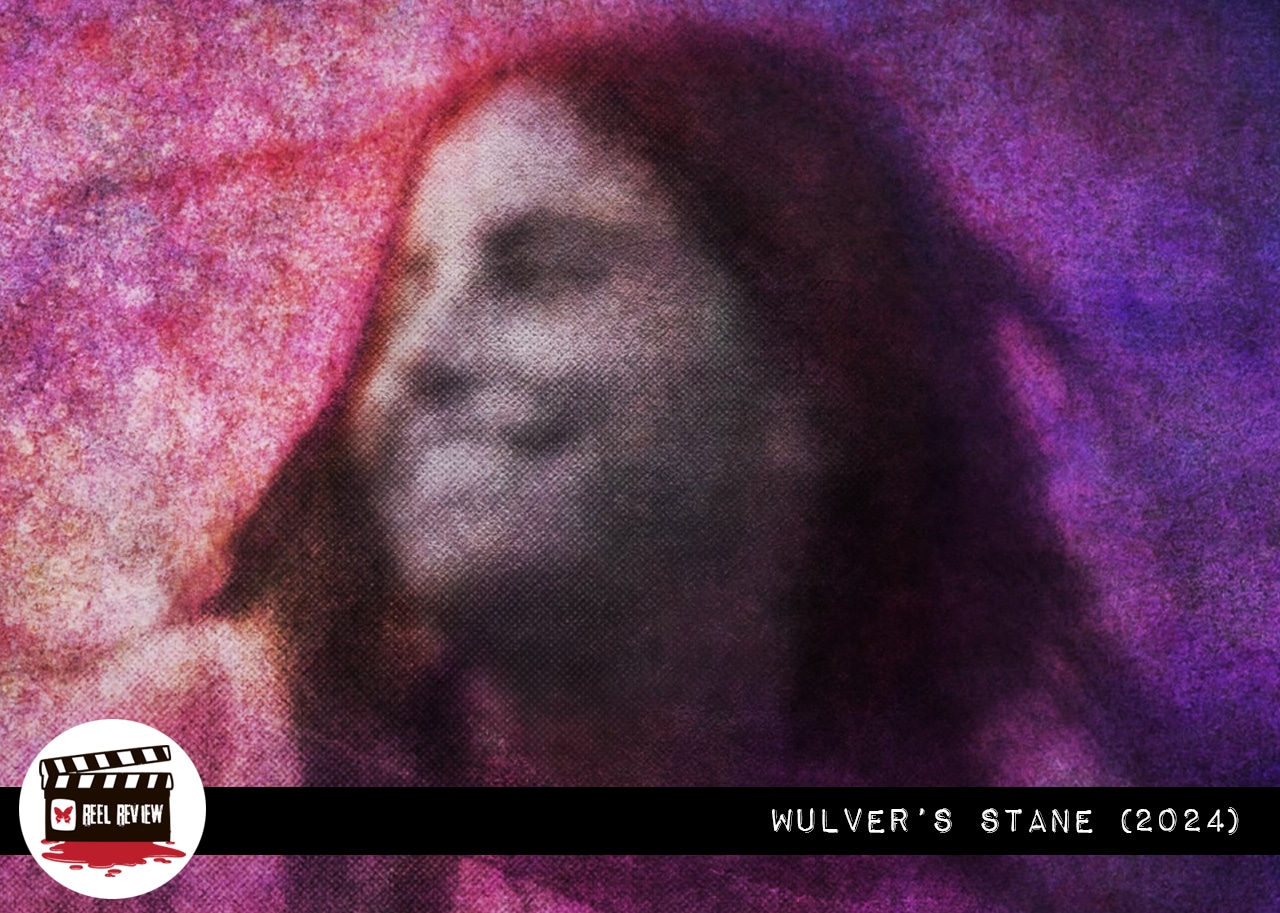
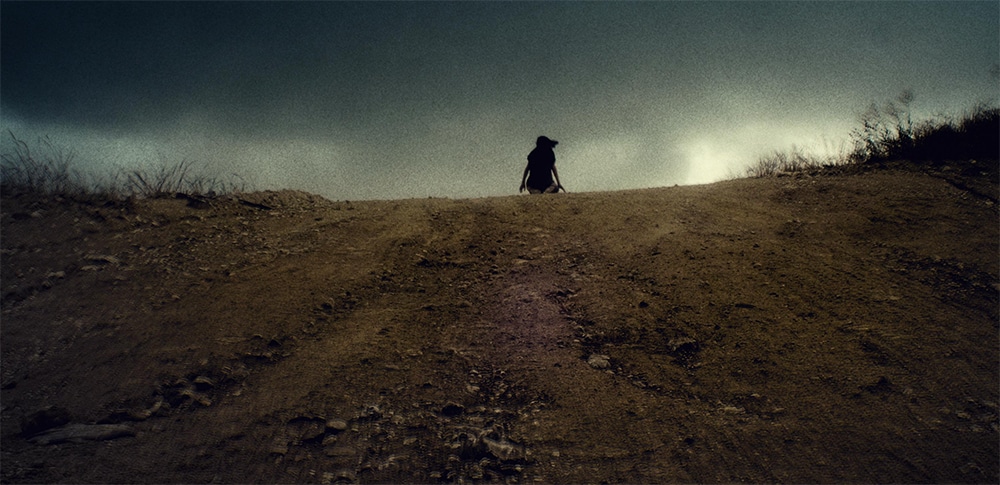
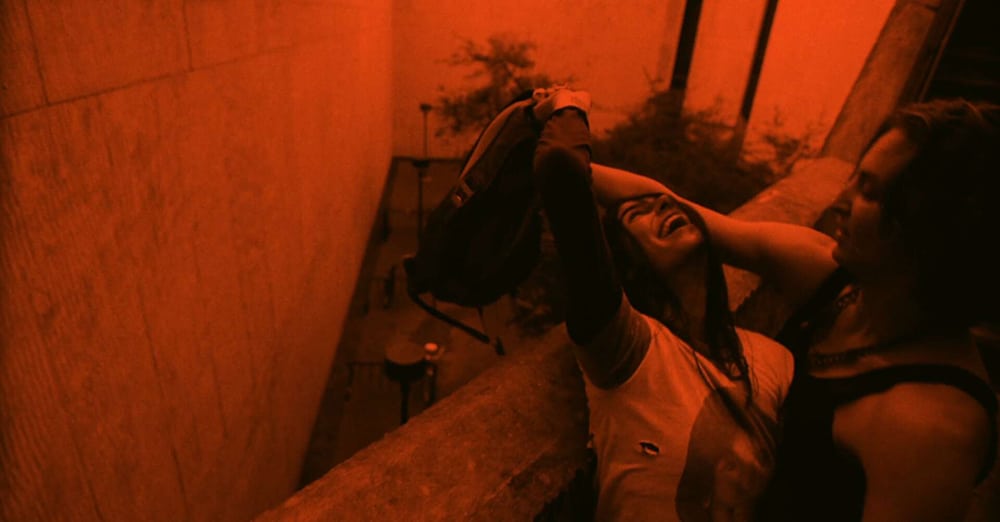

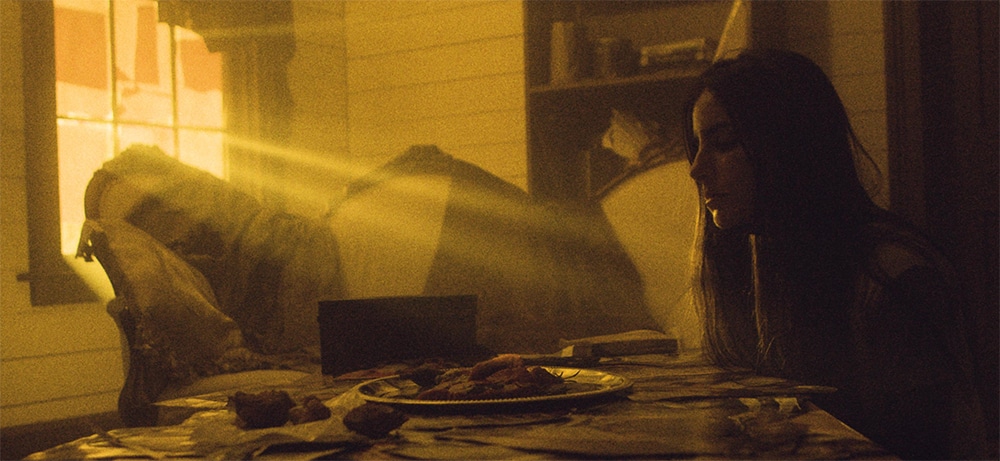

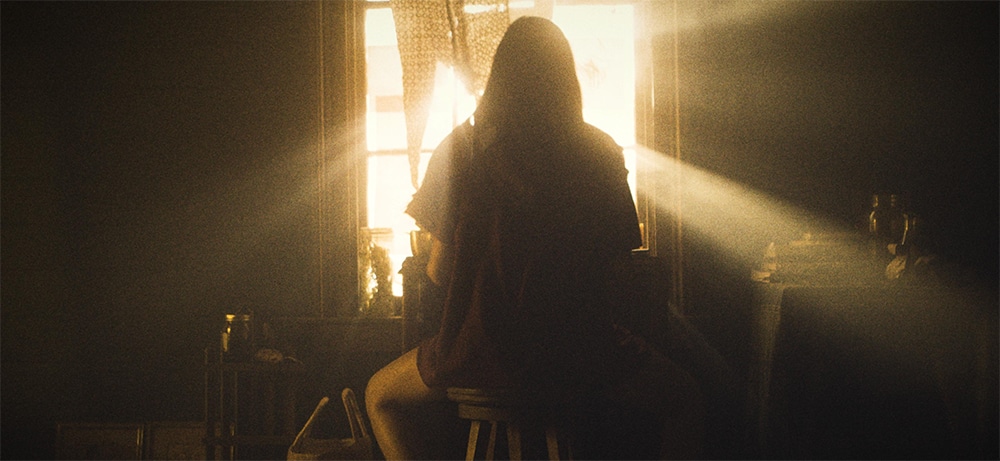











Follow Us!